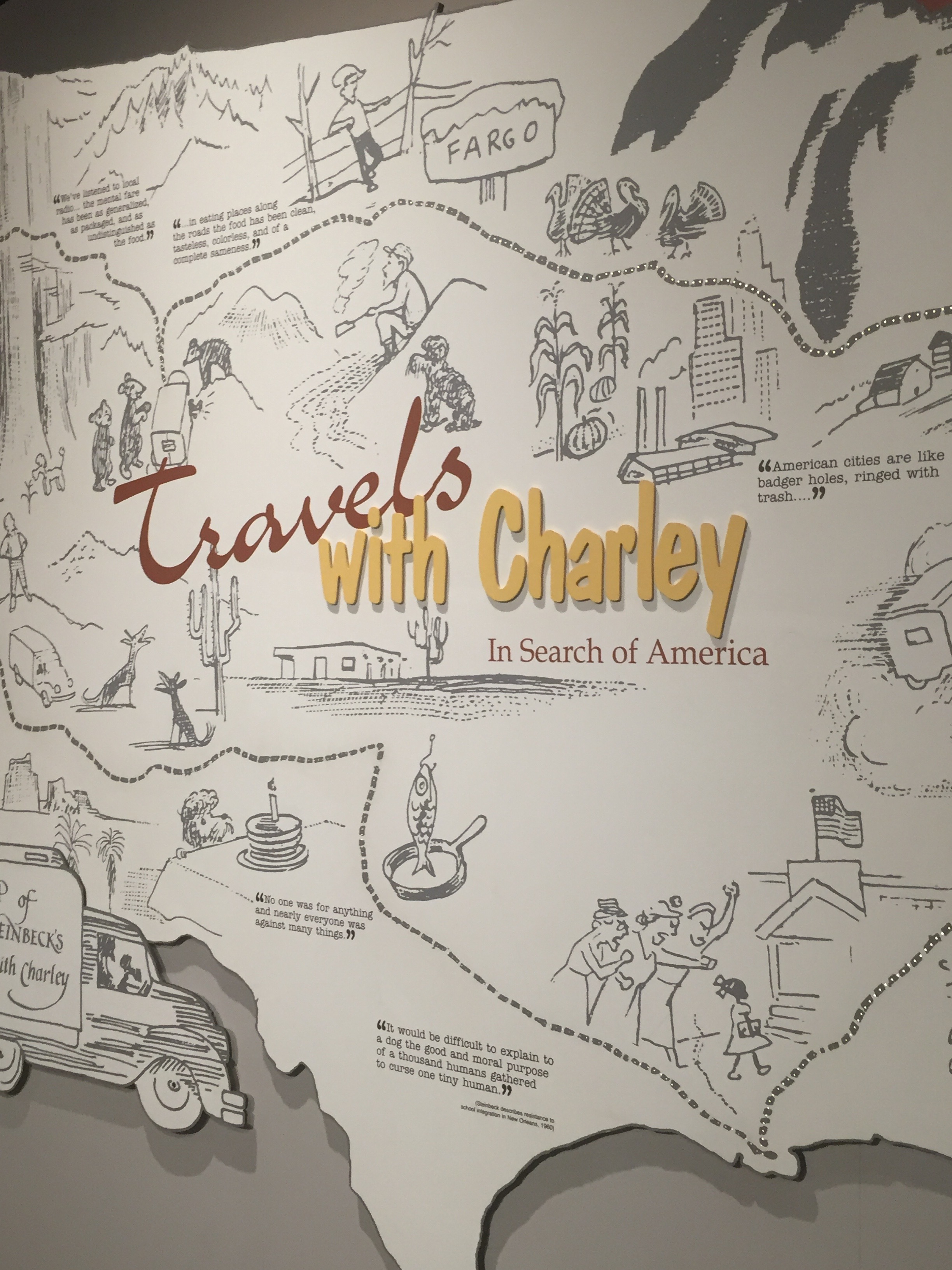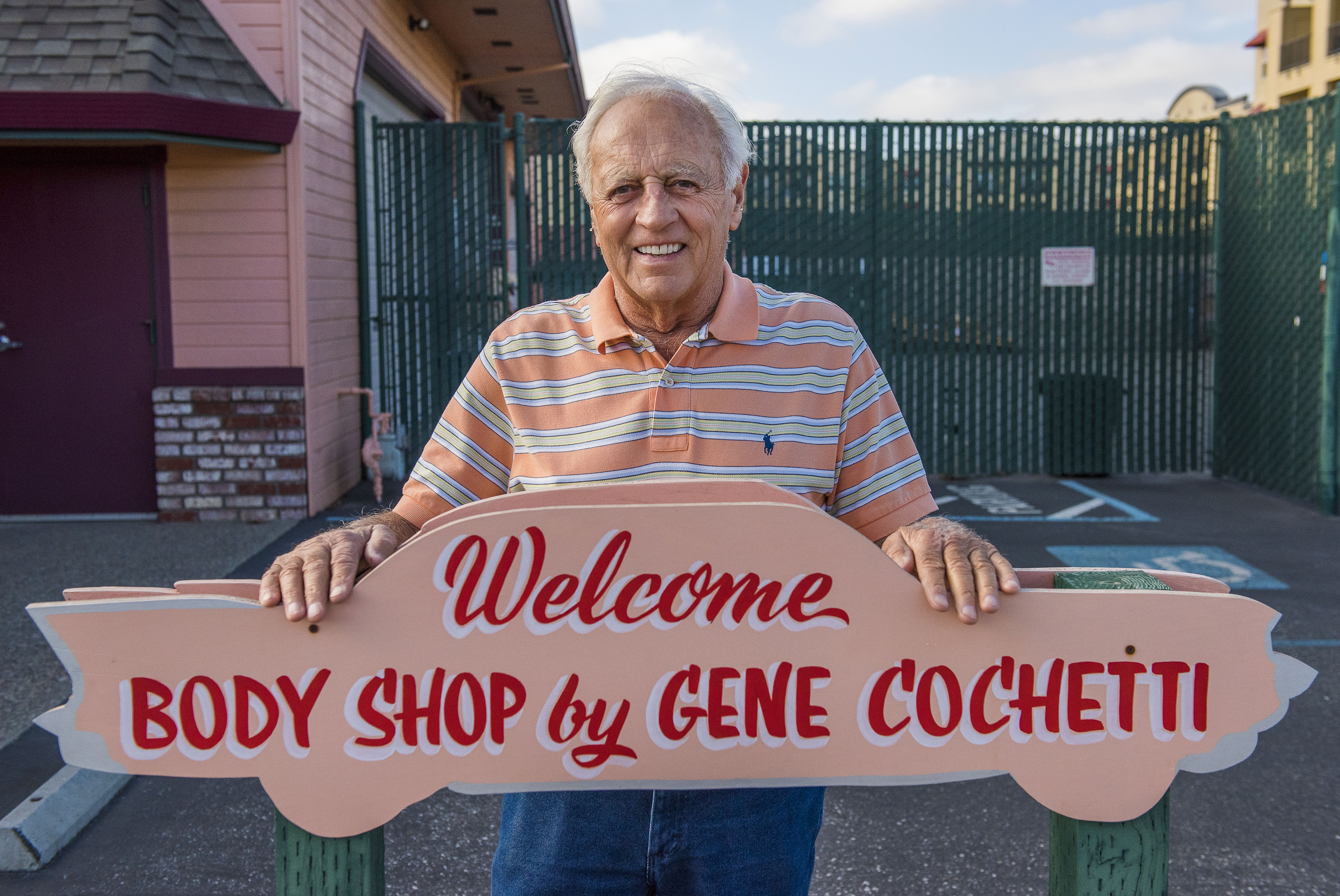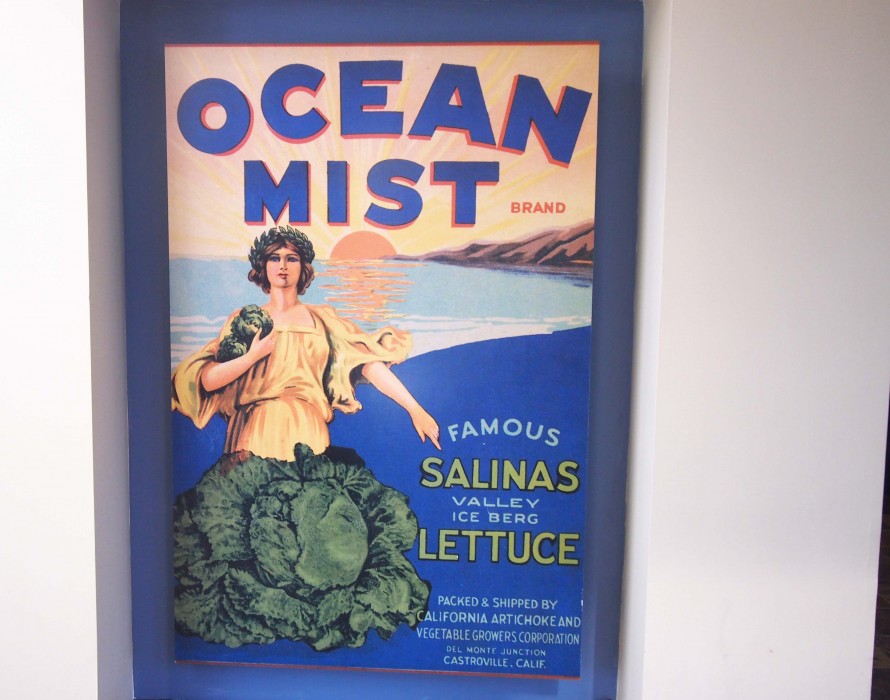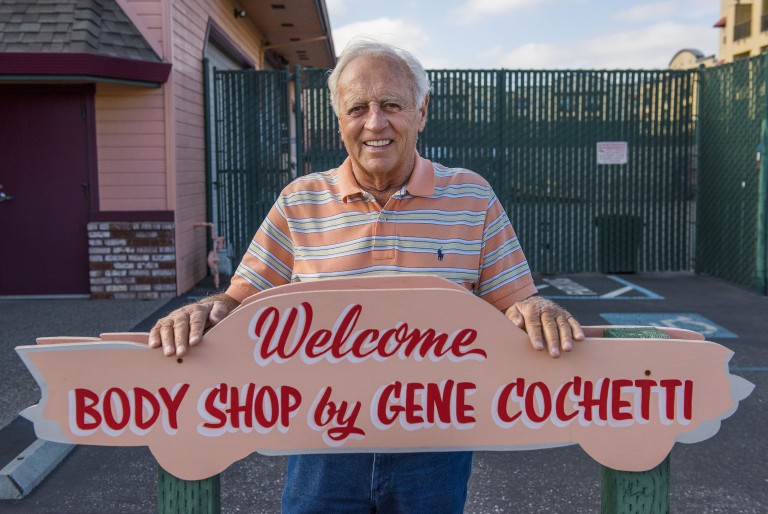
Like a hitchhiker with roses, the small things that connect with people can surprise me. Wealth is not measured by the cars you drive or the places you visit.
“The Camper Book (A Celebration of a Moveable American Dream)” was published in 2018 by Chicago Review Press. In a pre-pandemic bliss from June 2016 until March 2017, I traveled to twenty-four states, covering 24,222 miles in my 2015 Ford Transit Van. Photographer Jon Sall and I were on the road most of June 2016.
We met some remarkable people and I gathered some fine interviews: Actor/roadie/musician Jeff Daniels contributed the foreword, former Cubs manager Joe Maddon talked about RV life and the late John Prine told me about his affinity for KOAs. He said at least one person came up to him at every KOA, but added “I haven’t got roped into any campfire sing-alongs.”
But one of our most memorable stops has turned out to be the National Steinbeck Center in downtown Salinas, Ca.
The former museum director Dr. Susan Shillinglaw loved the idea of our book and she liked my van, adorned with the searching birds of my friend, Chicago artist Tony Fitzpatrick. Shillinglaw allowed us to go inside Rocinante, the camper van that John Steinbeck used in his 1962 book “Travels With Charley: In Search of America.” The van is generally off-limits to museum visitors. Steinbeck named Rocinante after Don Quixote’s horse because friends called his cross-country trip “quixotic.”
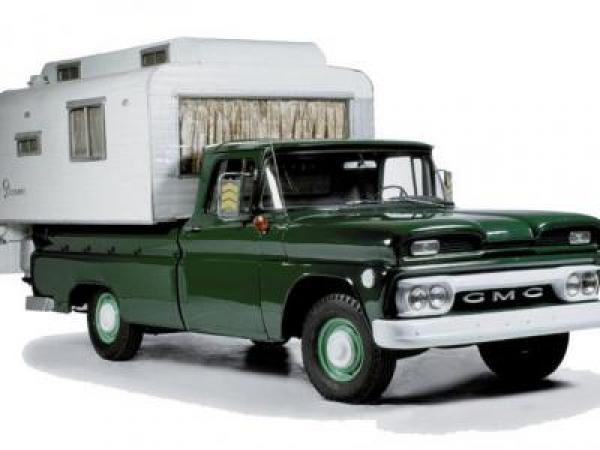
Somewhere in our long and winding conversation, Shillinglaw mentioned that the Salinas gentleman who restored the van was still around. Jon and I scrambled to find a man named Gene Cochetti.
We had nowhere to go, except to Lulu’s, Merle Haggard’s favorite diner in Redding, Ca. And Gene’s body shop wasn’t far away from the museum. After an impromptu phone call, Gene immediately invited us over.
Gene had never talked publicly about restoring Steinbeck’s van until we showed up. I wrote an essay about Gene and it did not make it in the book. It landed on the Camper Book website which I visit now and then. Here is “The man who saved John Steinbeck’s van.”
Gene had never read any of Steinbeck’s books. And restoring Rocinante was a big and expensive project. He could have said, ‘It is what it is,’ but on a deeper level, he knew what it could be. Gene did it for free to give something back to the community.
I’ve been amazed at the people who wrote to our website to thank Gene for his dedication. Were they Steinbeck fans? Devoted roadies? Or did they admire Gene’s humble service? Some of the greatest feedback towards The Camper Book wasn’t even in the book!
Over the weekend, I learned that Gene had died.
He passed away peacefully in his home on June 25, almost four years to the day after we met. He was 82 years old. He had been ill for a year. His Salinas obituary carried no mention of his work on Rocinante. The obituary did mention his commitment to the community. Gene served in the United States Navy and spent hours volunteering for the Salinas Steinbeck Youth Football Organization, volunteered at the California Rodeo for many years, was a member of the Salinas Elks Lodge, a founding member of the Cherrie’s Jubilee Car Show, and was an active member and usher at St. Joseph’s Catholic Church in Spreckels.
The world is a more divided place than when we met Gene. People stand in their corners. Shillinglaw once told me, “You have to participate in the actuality of experience. Steinbeck said ‘The Grapes of Wrath’ was written on five levels; you’ll see as many levels as you have in yourself. Are you really going to slow down and experience and participate in the narrative?”
Gene Cochetti worked on cars his entire adult life, helping take people to other places. Yet, he slowed down and lived by the foundation of home. He made his community a better place. He knew all the levels he had in himself.

